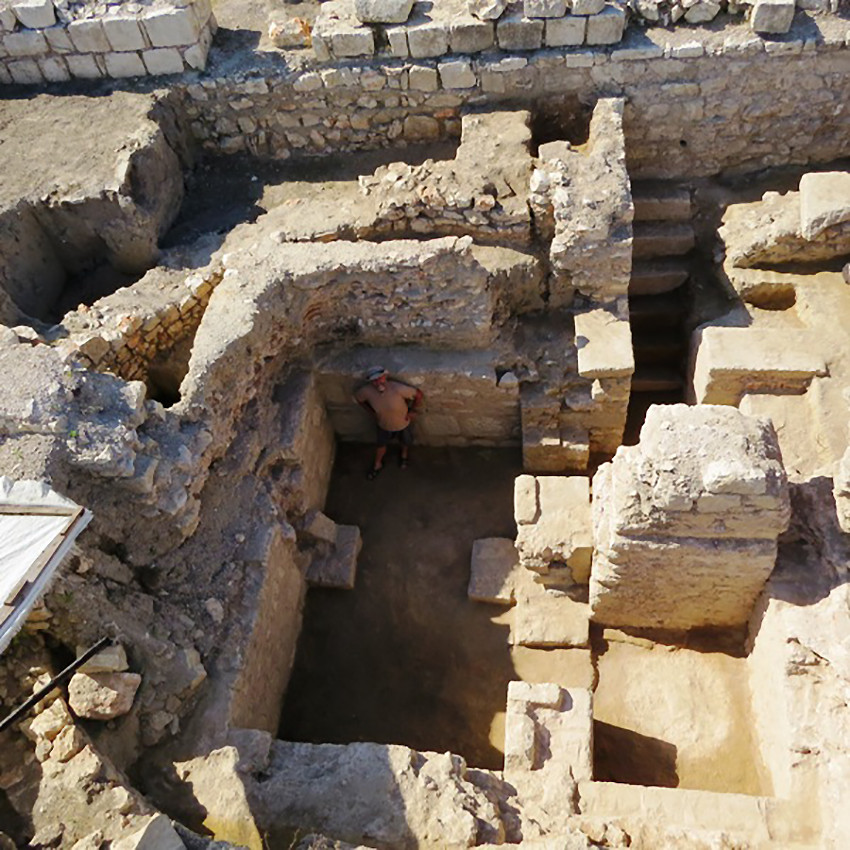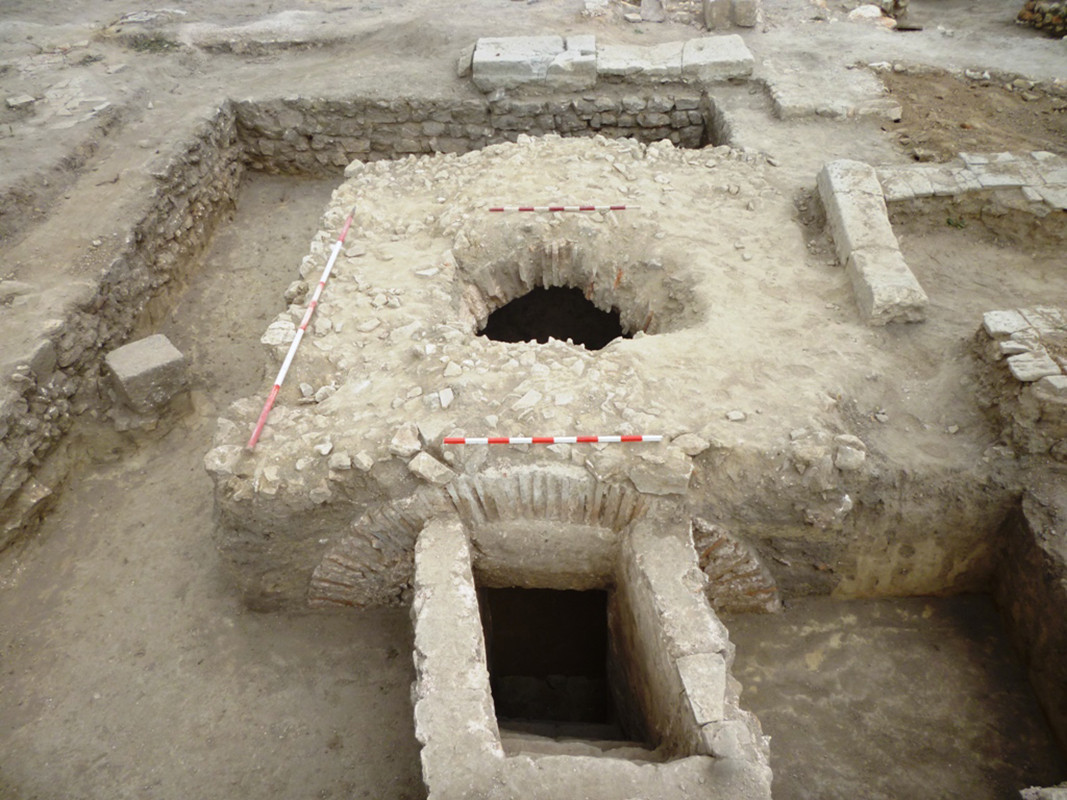 10
10
The ancient city of Zalpada was first explored in 1906-1910 by the “father of Bulgarian archaeology” Karel Škorpil, and these studies revealed that its foundations were actually laid by Constantine the Great at the beginning of the 4th century near what is now the village of Abrit in Dobrudzha.

One more thing Zalpada is famous for is that it is the birth place of a renowned Byzantine military commander – Vitalian – leader of two rebellions against the central government, and self-proclaimed emperor in the first years of the 6th century. At the time, the fortified city was a prominent Christian centre in this portion of the empire and there are remains of 6 early Christian churches from the 4th to the 6th century to show for it, says Prof. Georgi Atanasov, head of an international team with members coming from Bulgaria, France, Canada, Albania and Italy researching the site.
“Two years ago we hit the jackpot in Zalpada – we discovered an extraordinary church shaped like a tetraconch,” Prof. Atanasov says. It was covered with huge glass windows, so the light was able to freely penetrate and light up the beautiful frescoes. The glass church was topped by a dome and had multiple arches which gave it an ethereal look:
“With its magnificent, fully preserved marble decorations, remarkable pulpit from which the bishop preached, dozens of capitals…,” Prof. Atanasov says and goes on: “But the most thrilling part was when we discovered the floor mosaic. The entire church floor was covered in mosaics, very well preserved.

Underneath the episcopal residence archaeologists discovered an earlier church dated to the end of the 4th century with the biggest crypt for holy relics in the Bulgarian lands. It has three sections and is covered in frescoes.

It turns out that in Zalpada practically every church has big crypts for holy relics. But what baffled archaeologists was that instead of containing parts of bodies the reliquaries actually contained… the whole bodies! Why?

Photos courtesy of Prof. Georgi Atanasov
On 10 May we mark 72 years since the restoration of the Bulgarian Patriarchate, whose existence ended at the end of the 14th century when Bulgaria fell under five centuries of Ottoman rule. Efforts to restore it began in the Renaissance. In 1870 the..
In popular belief, St George is the younger twin brother of St Demetrius . Ethnographers describe them as Christianised images of mythical heroes - strong, agile and swift. They are victorious, leaping over mountains and seas, releasing the waters,..
"You must have strong faith and pray - then the saint will help you and carry your prayer to God," says Father Georgi Markov of the Church of St. Athanasius the Great in Gorni Lozen near Sofia. He adds that he has often witnessed the miracles of St..
On 10 May we mark 72 years since the restoration of the Bulgarian Patriarchate, whose existence ended at the end of the 14th century when Bulgaria fell..

+359 2 9336 661
